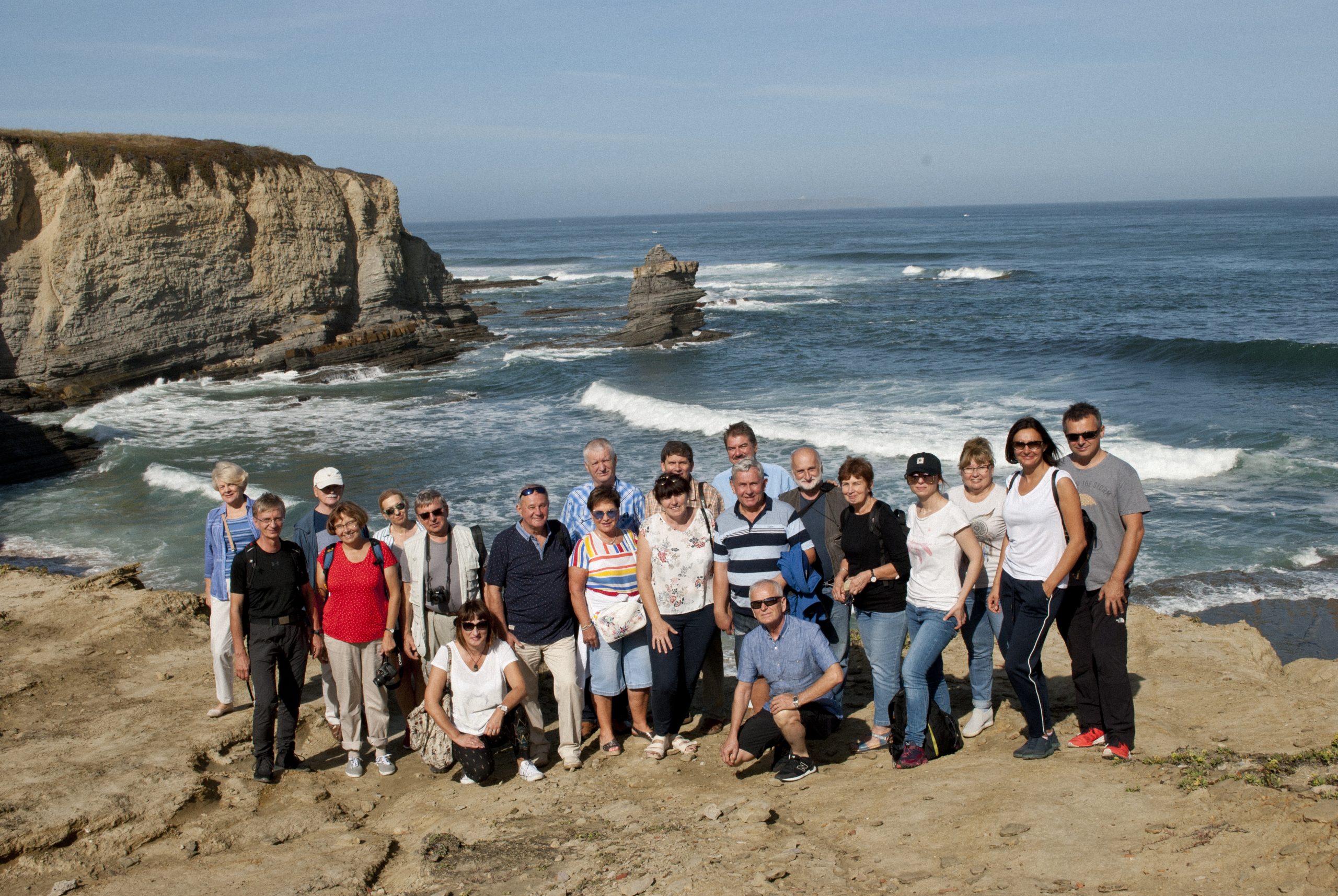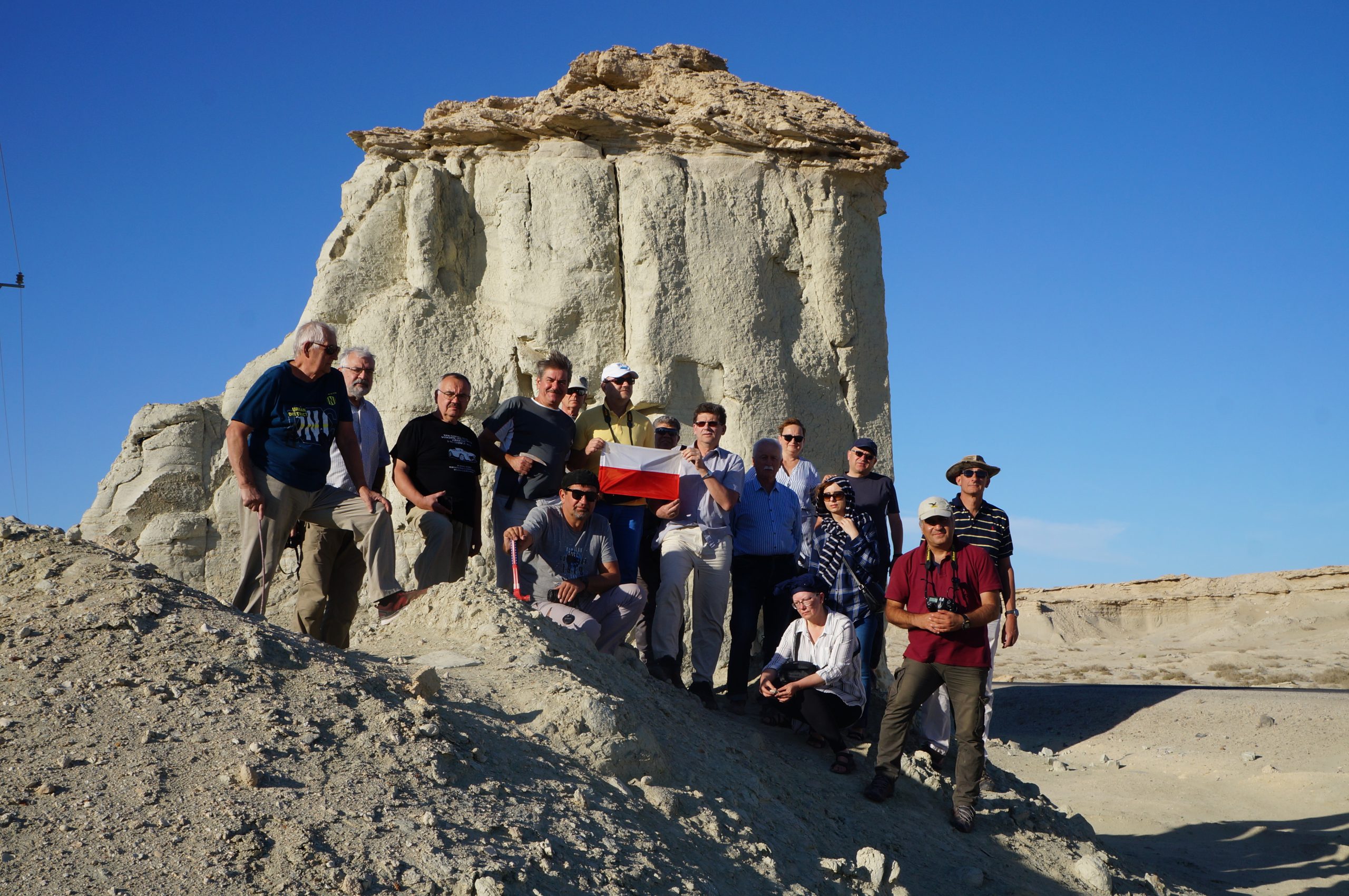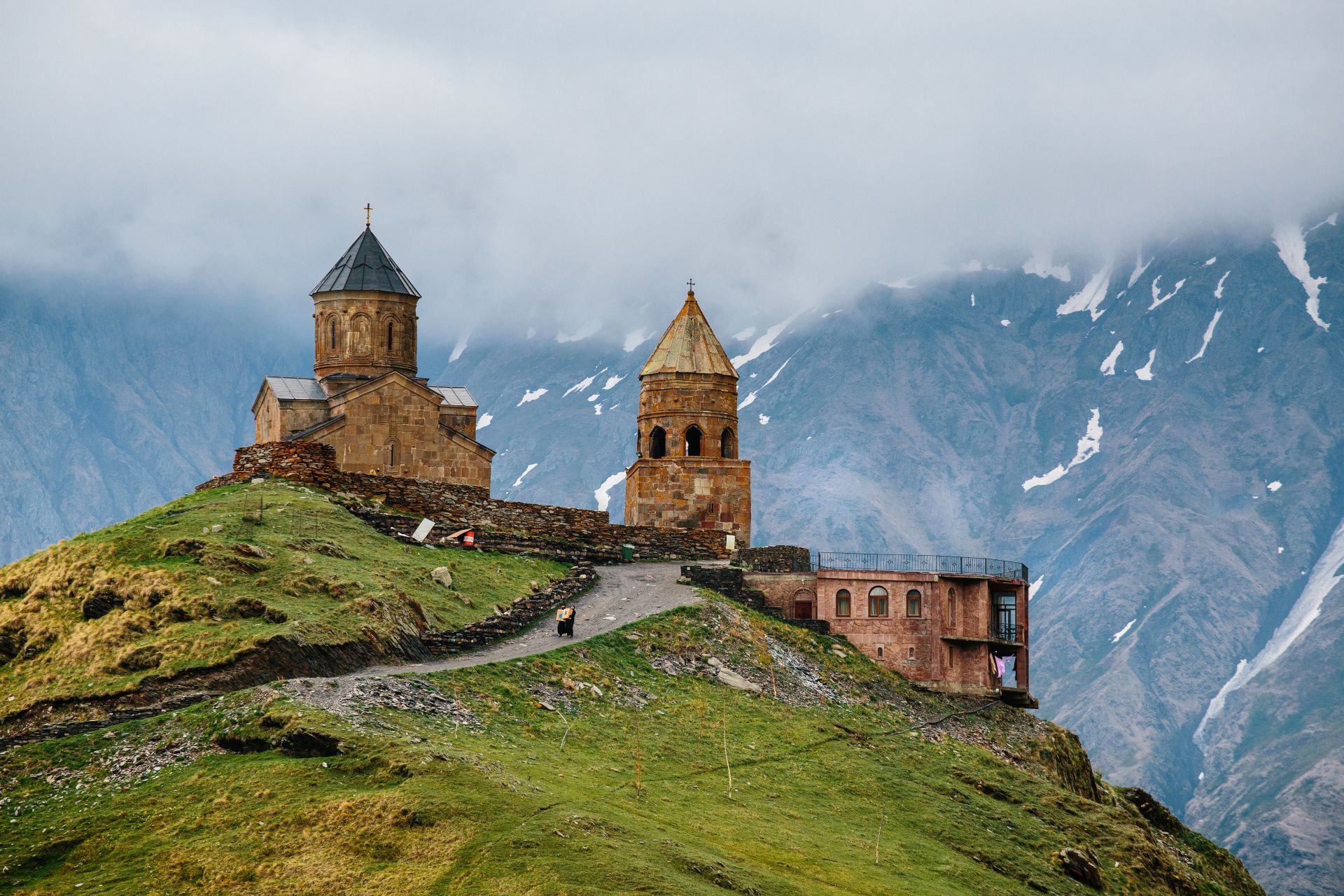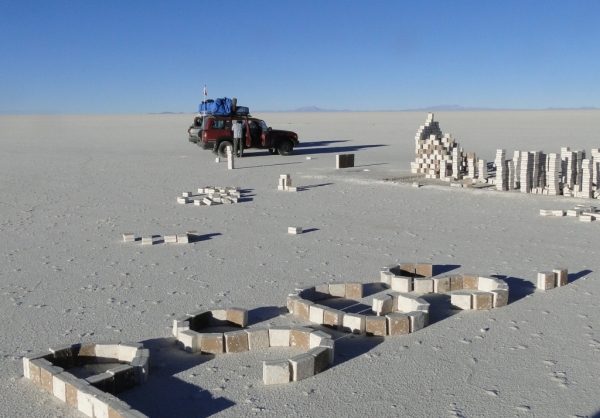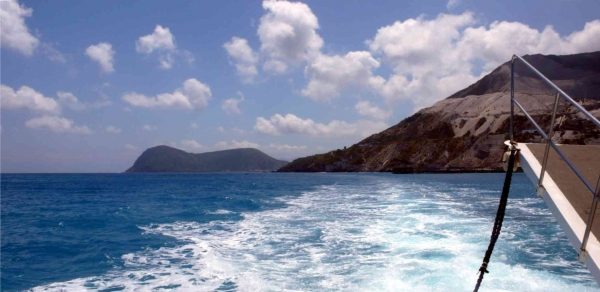REPORT ON THE TRIP TO THE DOMINICAN REPUBLIC - NOVEMBER/DECEMBER 2013
On 26.11-06.12 2013, the Polish Salt Mining Association (PSGS) organized a scientific expedition to the Dominican Republic.
16 people participated in it:
Jacek Wachowiak (PSGS president), Agnieszka Maj, Grażyna Hołojuch, Helena Pitera, Państwo Nowakowie, Państwo Wojnarowie, Jarosław Ślizowski, Grzegorz Kortas, Grzegorz Czapowski, Krzysztof Bukowski, Andrzej Sadowski, Zdzisław Dziedziczak, Maria Szydło, Joanna Jaworska.
The Dominican Republic occupies more than half of the island of Haiti - formerly Hispaniola, which is part of the Greater Antilles Archipelago, between the Atlantic Ocean and the Caribbean Sea.
Geologically, the Dominican Republic lies within the Caribbean plate, the northern boundary of which is a shift fault. The central-western part of the country is occupied by the Central Cordillera, built of young, upper Cretaceous and Cenozoic crystalline rocks. Directly on Mon. and south from the Cordillera there are Cenozoic sedimentary rocks, while the coasts are built of Quaternary coral limestones, often strongly karstified.
- Las Salinas area in south-west parts of the country; on the surface there is a wing of a folded seam salt deposit (Quaternary) – a salt tongue several dozen meters long, cut with furrows, formed as a result of salt leaching by rainwater. This deposit was exploited in the past - traces of mining installations have been preserved.
- A larimar (pectolite variety) mine in the Barahona region. A unique deposit of this mineral and rock on a global scale. The blue larimar is found only in the Dominican Republic, in one place, probably only in one vein, which is mined in several adits in Los Chupaderos. It has a hydrothermal origin; it was formed as a result of the penetration of Miocene intrusions of alkaline basalt and andesite lavas into older carbonate rocks. At the boundary between the intrusion and the carbonate rock, contact metamorphism developed and some of the rocks were transformed into carbonatites. Hydrothermal solutions circulating in cracks and fissures were enriched in sodium, calcium and silica, thanks to which the formation of larimar was possible (NaCa2Si3O8OH).
- Amber mines in the vicinity of Samana Bay, incl. El Valle area. The deposits of this resin are of Miocene age; there are unique varieties with a blue color. The Dominican Republic is the only place in the world where amber is so unusual in terms of color - it is blue in both sunlight and UV light. The reason for its blue coloration is unknown.
- The Samana Peninsula and the vicinity of the Samana Bay were especially remembered by the participants of the expedition. In the vicinity of Las Terrenas, in the escarpment of the road leading to the very tip of the peninsula, a cave is visible, which is a horizontal corridor several meters long, with a large, bright opening and ceiling, suspended several meters above the heads, as well as an impressive, massive dripstone robe - huge draperies resembling stone organs . Stalactites and dripstone columns reach a diameter of 0.5 m or more. Despite the immediate proximity of a busy road, the cave is not damaged, and what is most interesting - it is named. A friendly local guide suggested giving it the name Cueva Polonia.

